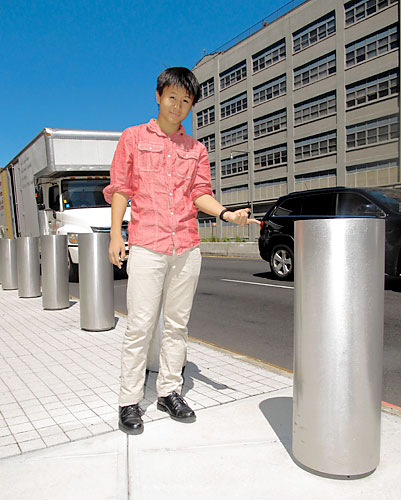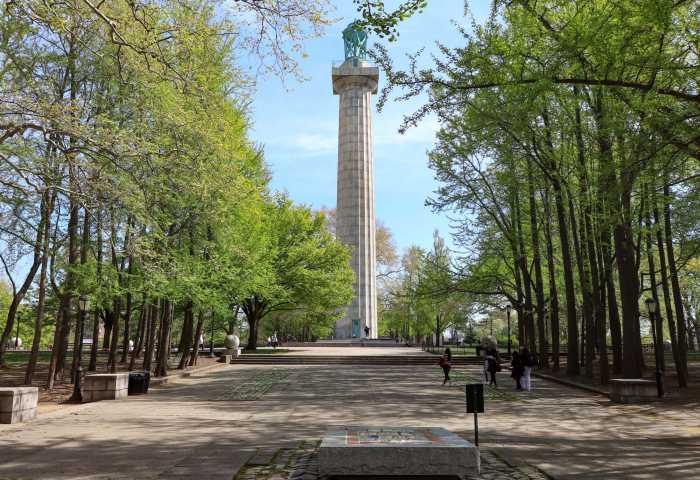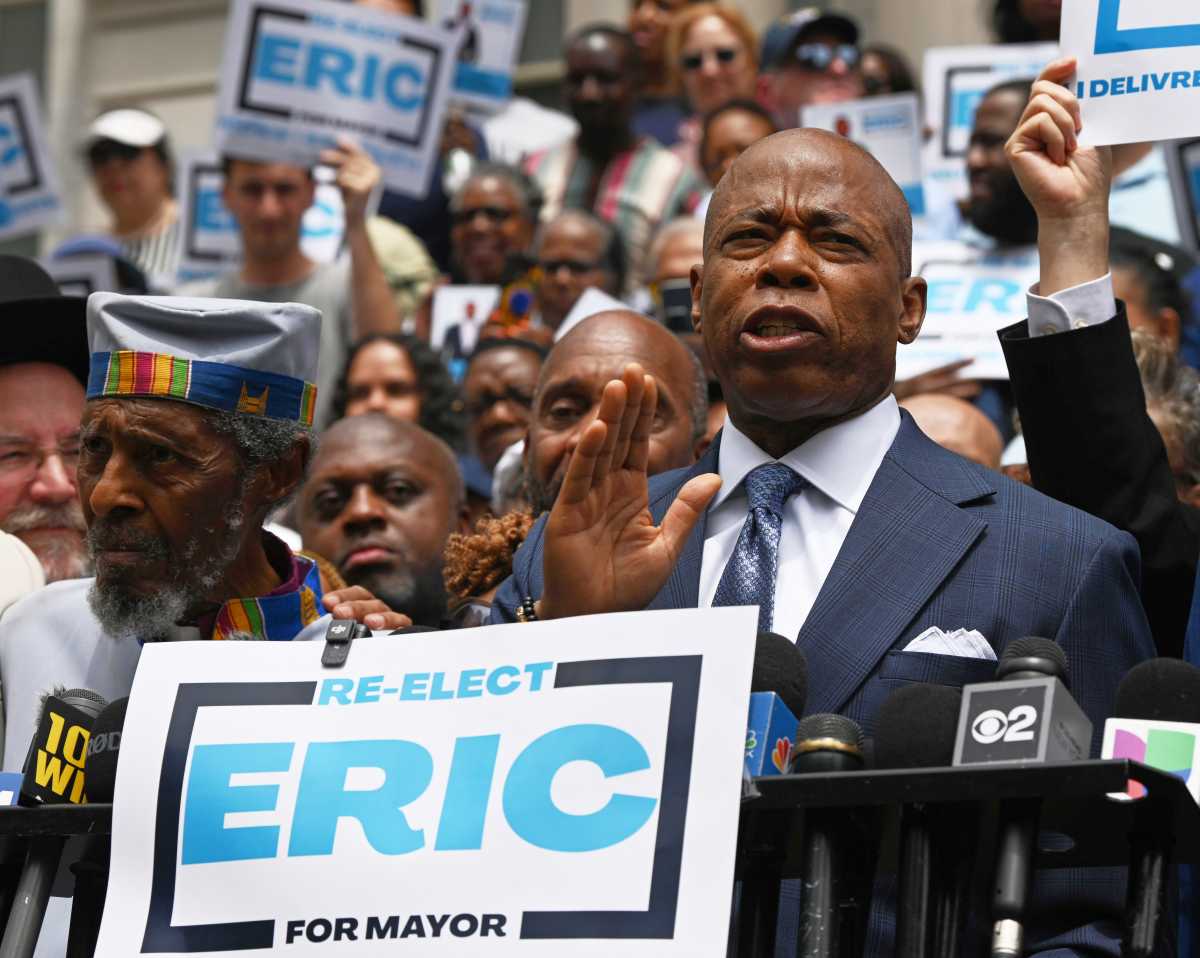The MTA has agreed to tear out the massive granite barricades ringing the Long Island Rail Road’s Atlantic Terminal, finally admitting that the concrete coffins at the borough’s largest transit hub were excessive and ugly.
Starting in February, the Metropolitan Transportation Authority will rip out the 14 stone sarcophagi and replace them with a series of short metal bollards at the entrance to the $106-million Atlantic Terminal, which opened to immediate criticism in January, 2010.
MTA spokesman Sal Arena acknowledged that the stunning reversal was a response to outcry over the massive security perimeter.
“The new, smaller bollards are less intrusive and more acceptable to the community,” Arena said.
The bollard backtrack is a major victory for critics — including residents, aesthetes, security experts, local officials and this newspaper — who recognized that the coffin-like roadblocks were not only unsightly, but far exceeded the NYPD’s security guidelines for protecting “high-risk” sites.

Councilwoman Letitia James (D–Fort Greene) hailed the news.
The transit agency “recognized the errors of its ways,” James said. “There’s nothing aesthetically pleasing about the bollards.”
The MTA would not provide details of the plan, but a new rendering reveals several dozen three-foot-high bollards stretching around the corner of Hanson Place and Atlantic Avenue at the terminal’s main entrance.
Spaced approximately four feet apart, the proposed stainless steel cylinders — which resemble the bollards seen in front of international consulates and other high-profile buildings — are far less obtrusive than the existing barriers.
Yet they appear to meet the criteria set forth in an NYPD security report which advised that bollards in front of high-risk buildings measure 30 to 36 inches high, and be spaced four feet apart.

Such barriers — classified by the State Department as K-12 — can withstand the impact of a 15,000-pound truck traveling 50 miles per hour.
MTA spokesman Kevin Ortiz said that the new bollards were “reviewed by and endorsed by the NYPD.”
To this day, it is unclear why the LIRR went with the massive stone blocks in the first place, a design element that was not in the original rendering of architect John di Domenico’s design for the terminal when it was unveiled years earlier.
At 50 to 52 inches high, and spaced in some cases as close as 36 inches apart, they’re significantly larger — and closer together — than the strongest bollards recommended by the police department.
At the terminal’s unveiling, LIRR President Helena Williams defended the Egyptian-style tombs as necessary “in this day and age,” and claimed that the NYPD had assessed the risk and demanded such a security ring.

But we later learned that the NYPD did not mandate such security measures. A counter-terrorism expert even weighed in, saying that the bollards were “overkill” and “excessive and ugly.”
Nevertheless the bollards remained — until now.
Straphangers and people who work at the terminal said they won’t miss the giant stone boxes.
“There’s a lot of police here anyway,” said Abdul Karim, a vendor who’s sold hot dogs outside of the station for the past three years. “It’s very safe.”


























